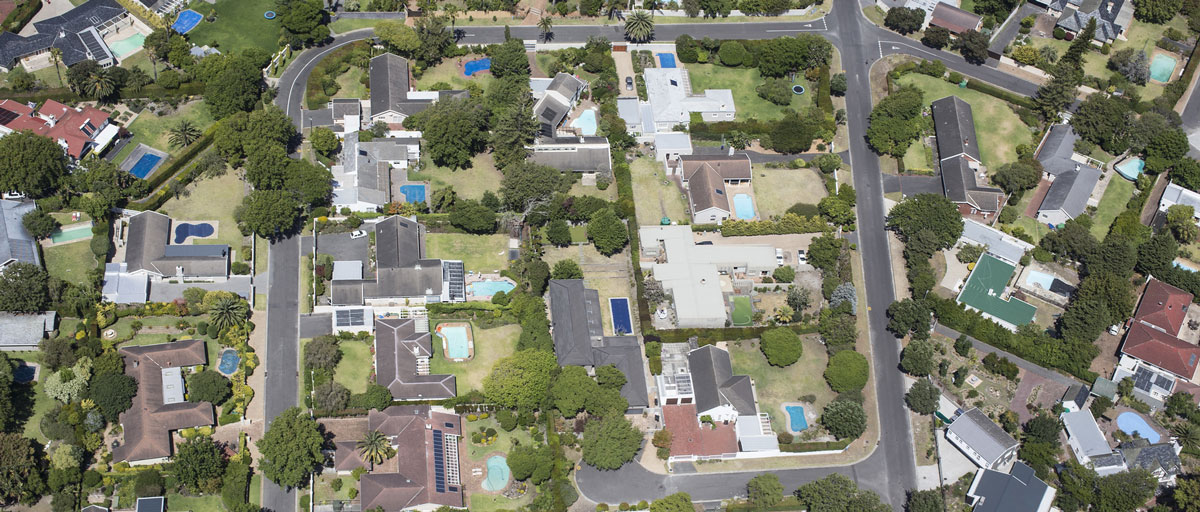URBAN ECOLOGY
Uncovering the traits of an urban social-ecological system
Why a different language for ecosystems and biodiversity is needed for taking on today’s urban challenges
- ‘Functional traits’ have found their way to the forefront of discussions and debates about ecosystem dynamics and social-ecological systems
- This alternative way of describing and making sense of diversity can be expanded to more broadly serve as a platform for integrated approaches to understanding the different facets of people-in-nature relationships and dynamics
- Using traits as connectors between scales, sectors and interests offers a novel approach for comprehensive and adaptive urban planning
THE TRAITS OF A CITY: To ensure that cities support human wellbeing and quality of life we need concepts that can connect scientific disciplines as well as research and practice.
The argument is that a “traits framework” can do just this; furthering our understanding of patterns, dynamics, interactions, and tipping points within and across complex social-ecological systems.
Finding the right conditions
Putting the spotlight on functions rather than names or identities, traits are classically understood as features of an organism which has demonstrable links to the organism’s function, and, as such, “determines the organism’s response to pressures or its effects on ecosystem processes, or both.
Can this way of understanding diversity be extended to better address social-ecological questions and challenges? And what would it take for ‘traits’ to fully work as “mediators” for understanding the diverse behavior, functions, and needs of urban systems under pressure?
A new perspective in npj Urban Sustainability led by Erik Andersson, with colleagues Julie Goodness, Timon McPhearson and a team of international researchers explores this question, examining how and under what conditions this new way of understanding system interactions may trigger, inform, and support decision making in land/resources management.
An expanded traits framework has the potential to bring biodiversity to the fore of discussions and decision-making about today’s urban challenges and more actively promote greater well-being, sustainability and resilience.
Erik Andersson, lead author
Three dimensions
The authors propose three dimensions of a social-ecological traits framework for understanding and governing urban systems:
- Establishing suites of interconnected traits that describe and connect multiple ecosystem services to sensitivity and response to different urban pressures
- A detailed exploration of the different biophysical cues and characteristics people use to detect change or articulate value narratives, and what role traits could have in (re)building ecological literacy. Many people find names and species lists abstract and difficult to relate to, whereas traits are more intuitively experiential
- Use the first two dimensions to produce actionable knowledge support for decision making and management at different scales
However, to make traits successful indicators and relational sense makers of global, regional, or local environmental changes, they have to be understood and connected to overall urban diversity in terms of culture, gender, age, education, access to information and communication, purchasing power, and political influence, say the authors.
When this is taken into account, “diversity becomes an easier-to-use tool for adaptive planning and ensuring quality of life in cities,” they say.
Andersson, E., Haase, D., Anderson, P. et al. What are the traits of a social-ecological system: towards a framework in support of urban sustainability. npj Urban Sustain 1, 14 (2021). https://doi.org/10.1038/s42949-020-00008-4









